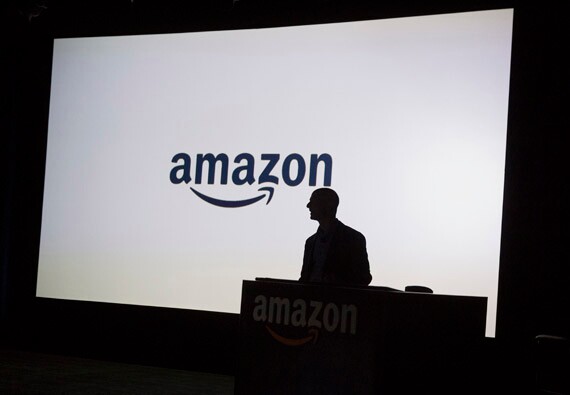
One of the
The rise and fall and rise again of bitcoin has also dominated headlines this year, with bankers like JPMorgan's Jamie Dimon staying skeptical while Goldman Sachs is planning to open a trading desk for cryptocurrency. If the price of bitcoin continues to rise, will bankers reconsider it?
More banks, meanwhile, a
Also unclear is whether some of those tech giants may join the banking sector. The Office of the Comptroller of the Currency continues to consider giving a charter to fintech firms, while the existing industrial loan company charter could also allow nonfinancial firms into the system.
With so much uncertainty, the only thing that's clear is how different the sector may look a year from now. Following are predictions for how the leading trends in technology will impact banking in 2018.

Artificial intelligence and data analytics

App experimentation

Cybersecurity

The evolution of chatbots

Commercial banking innovation

A threat from Silicon Valley?
Banks should gird for disruption from such deep-pocketed tech firms as regulatory efforts, including the OCC’s fintech charter or an ILC, may potentially offer them a way in.

Data sharing

Fintech investment






